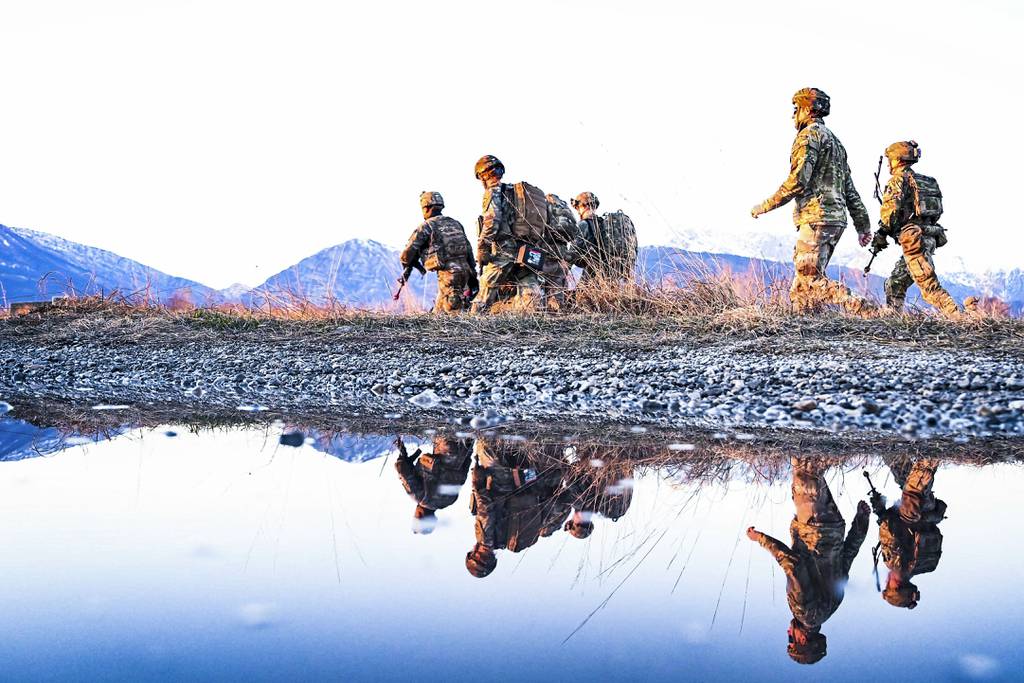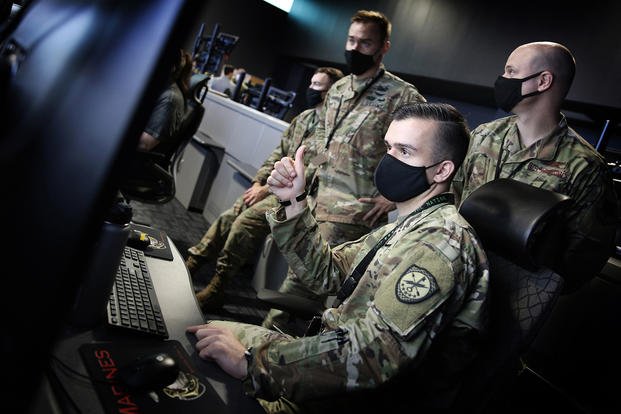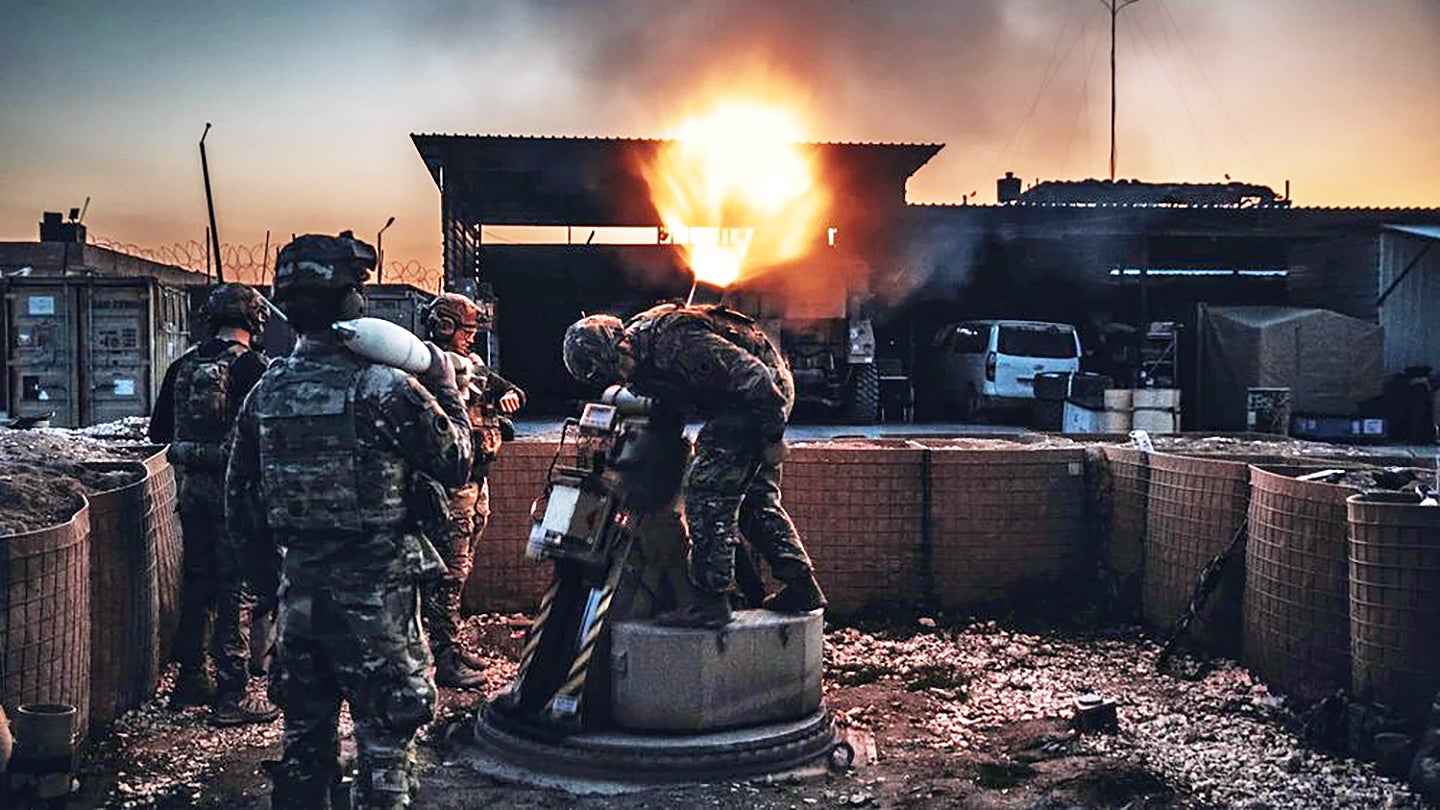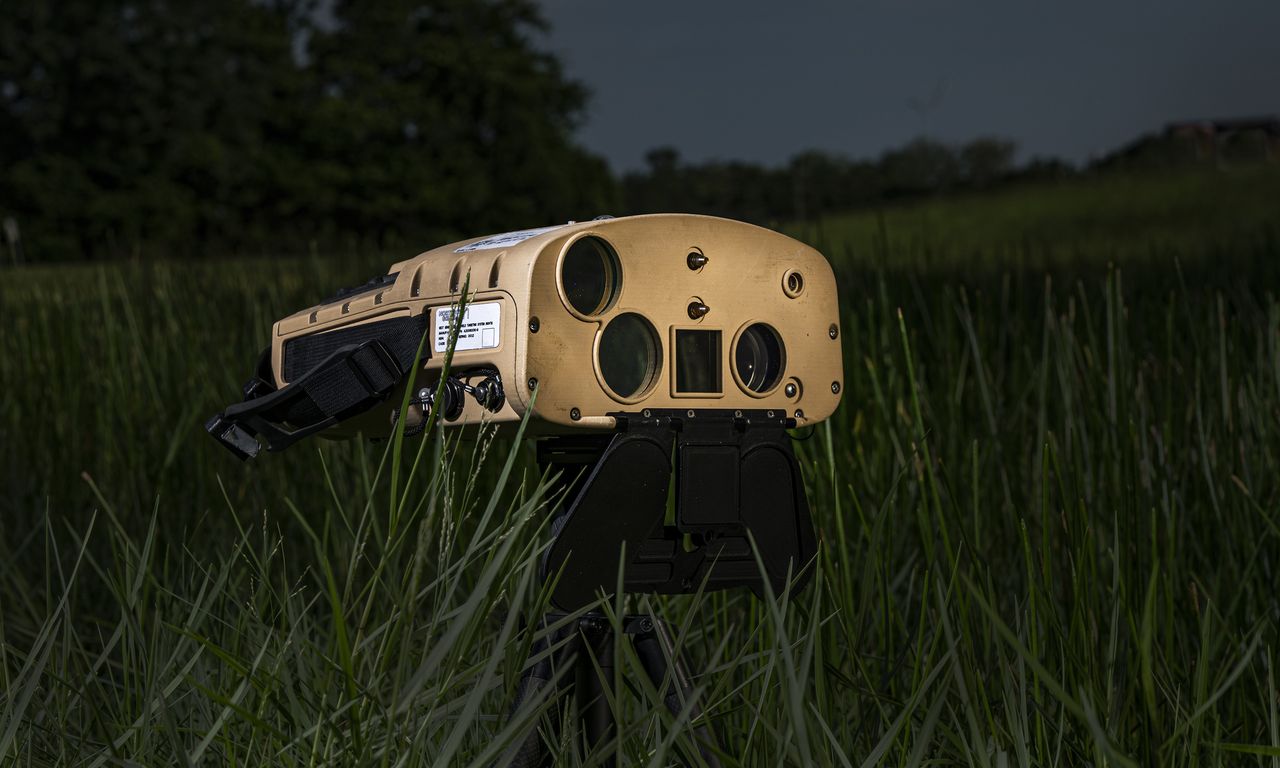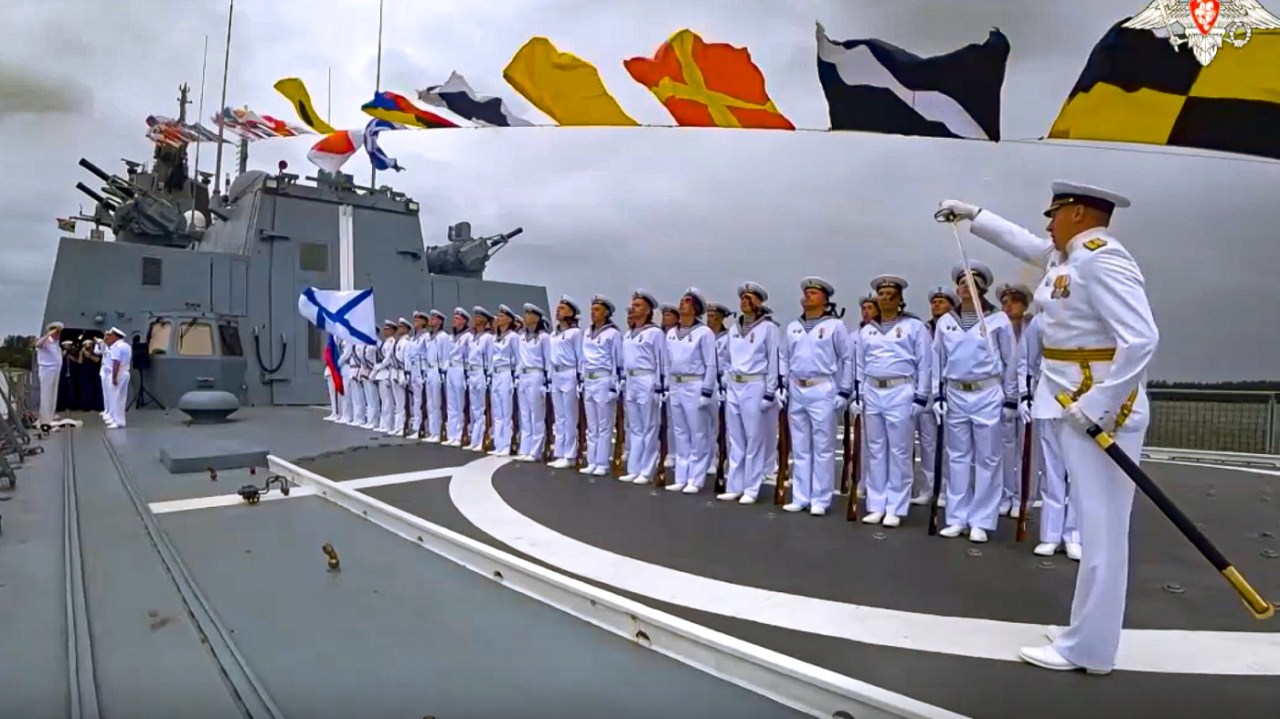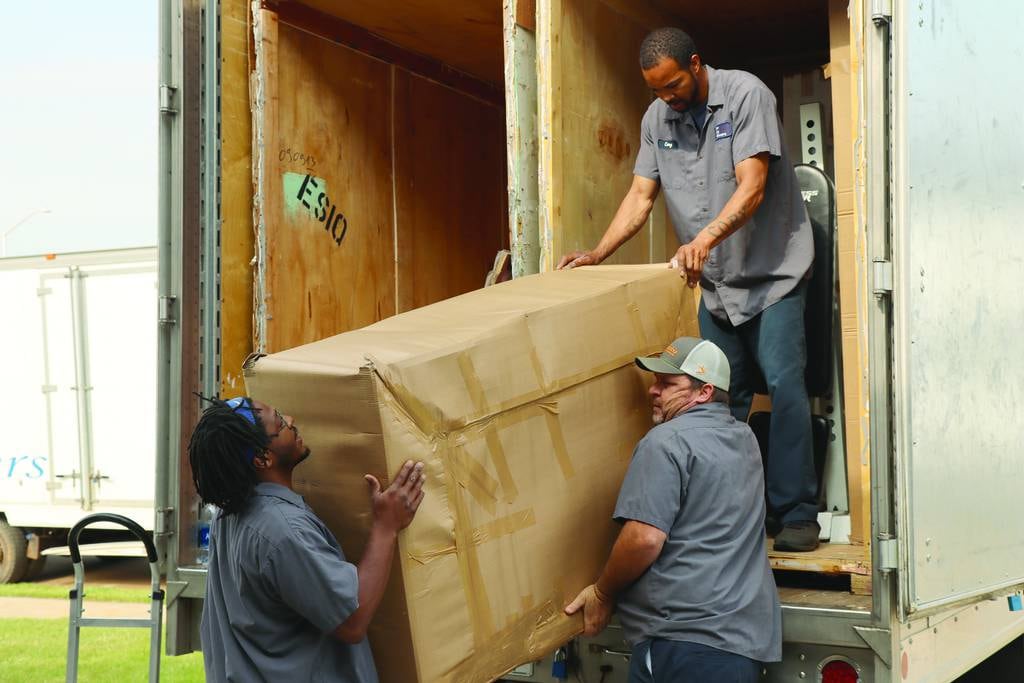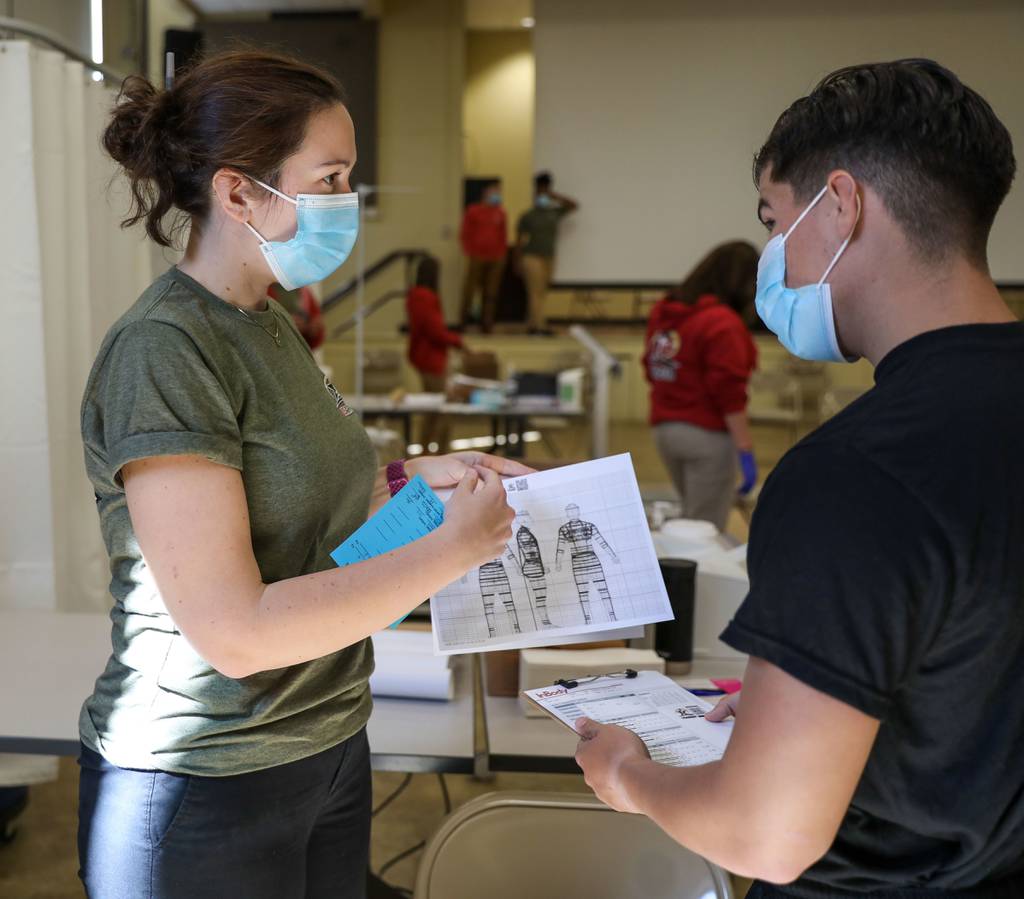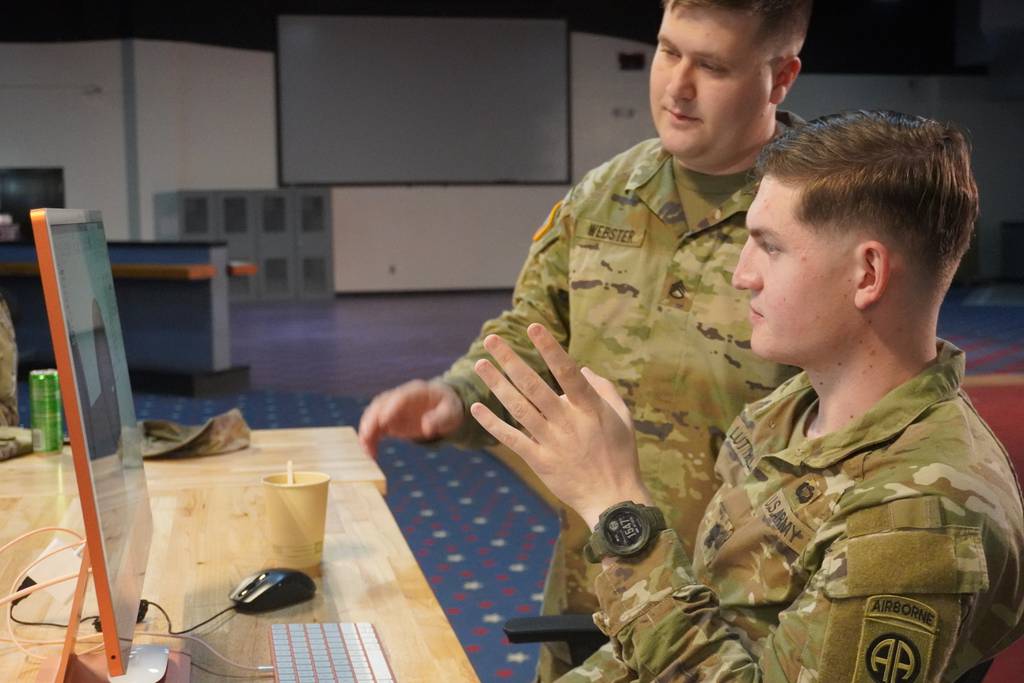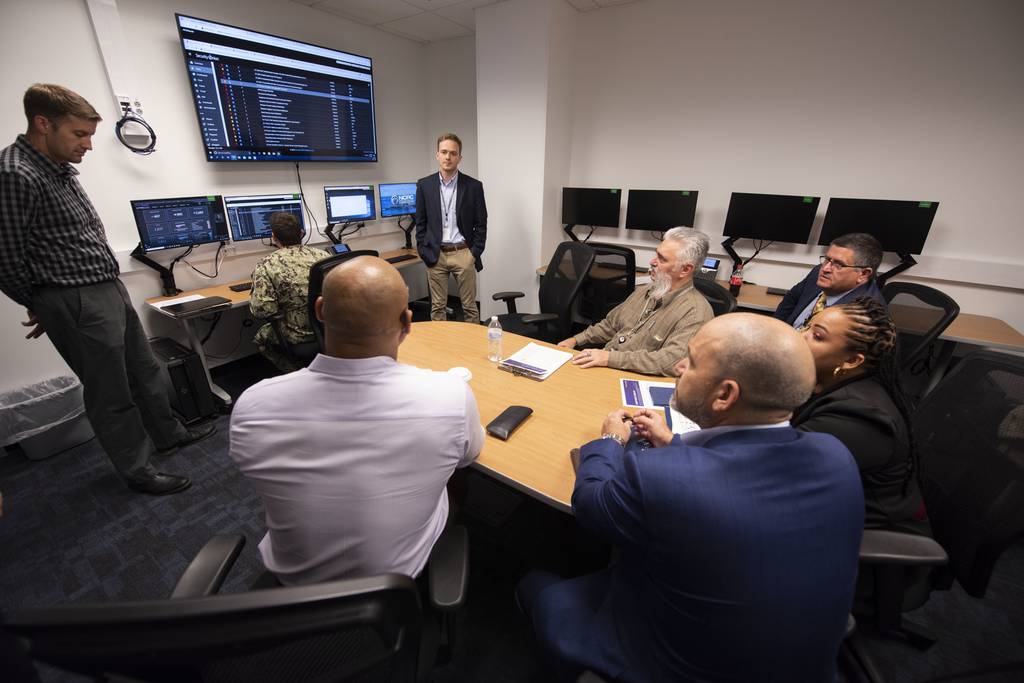- Joined
- 21 April 2009
- Messages
- 13,755
- Reaction score
- 7,694
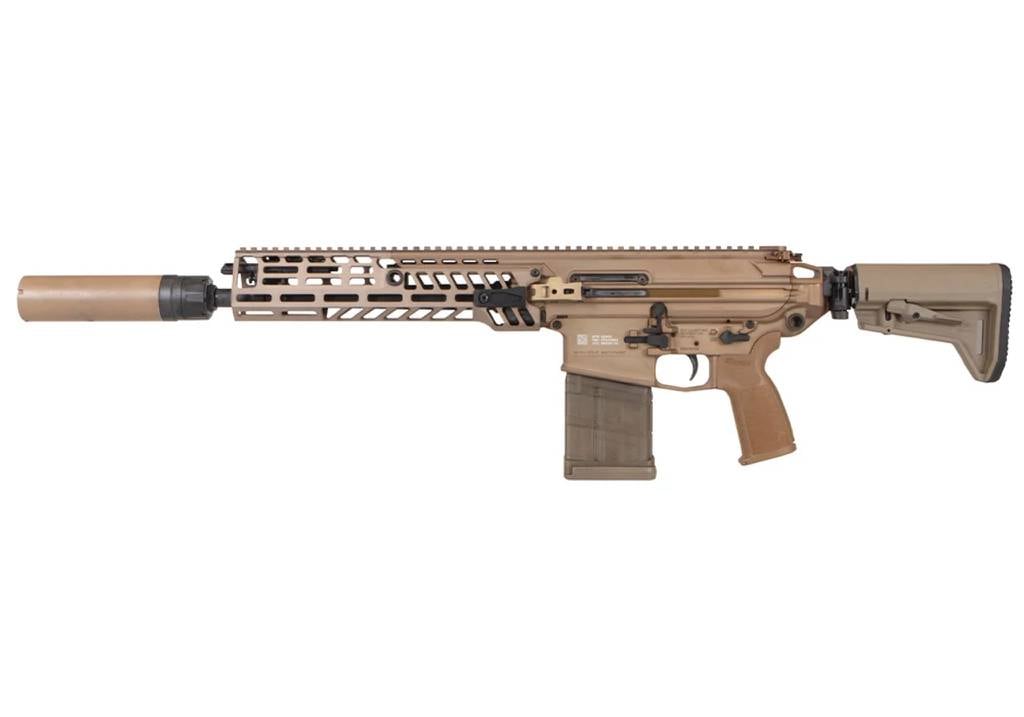
New name selected for Army’s Next Generation Squad Weapon
The light machine gun will retain its M250 designation.


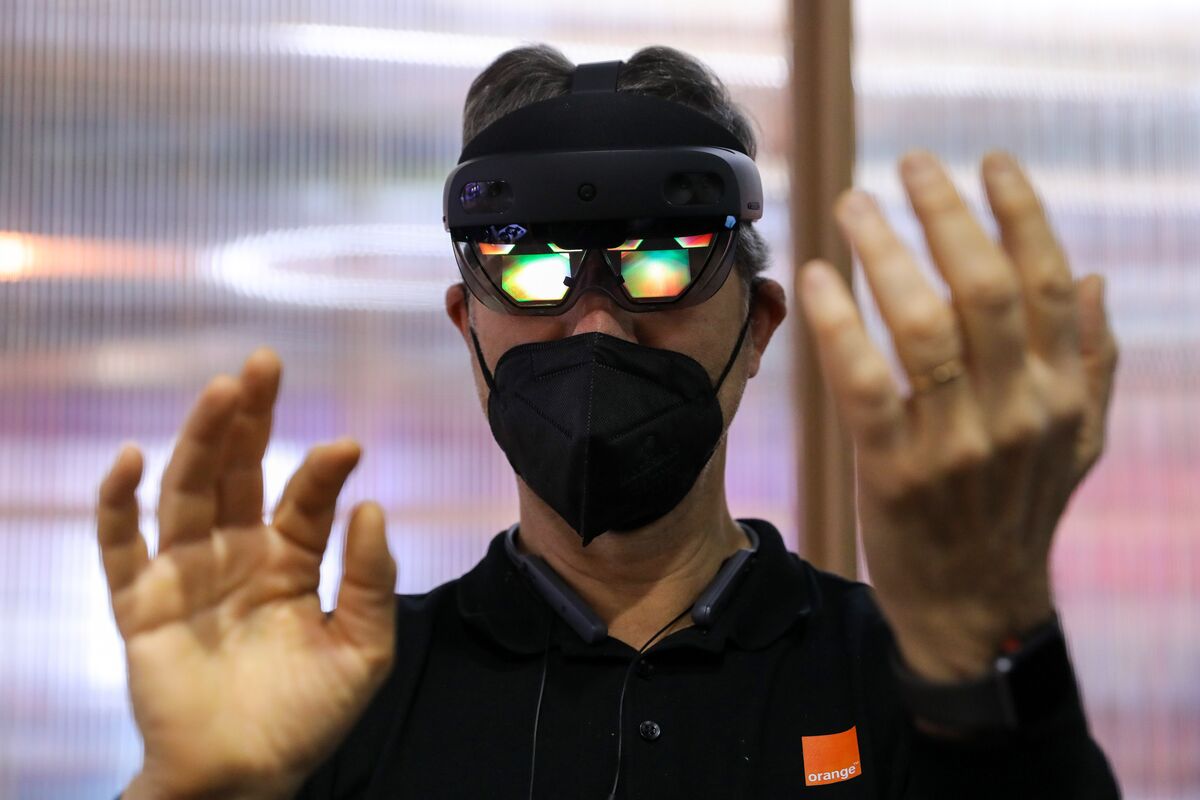
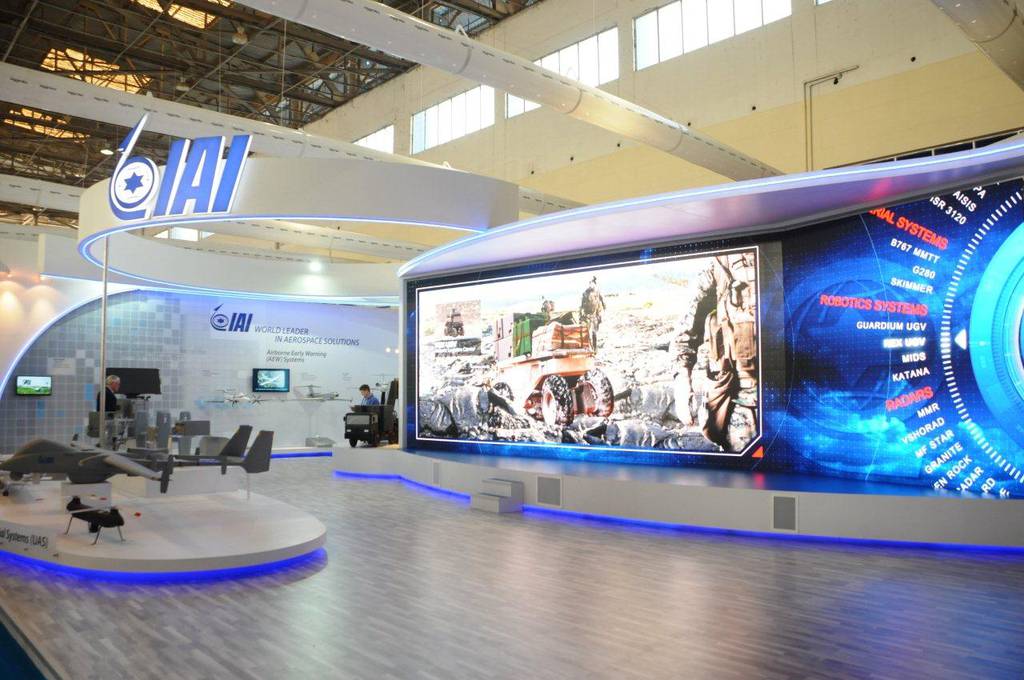
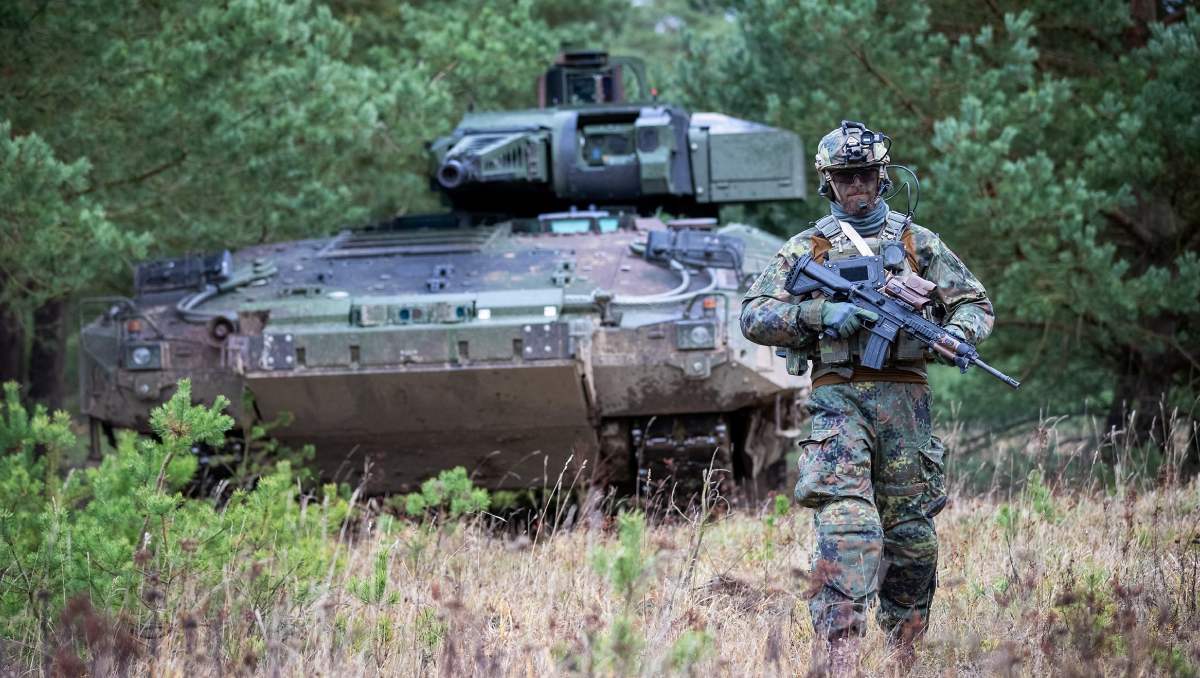
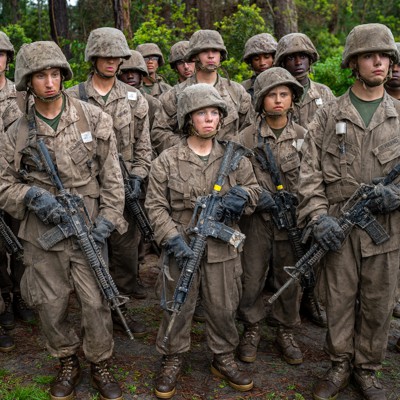
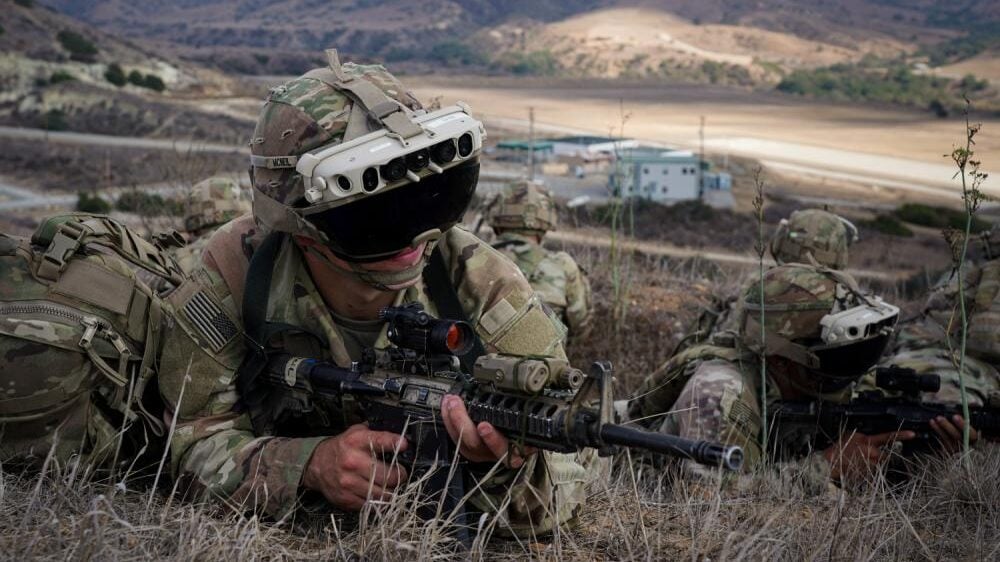
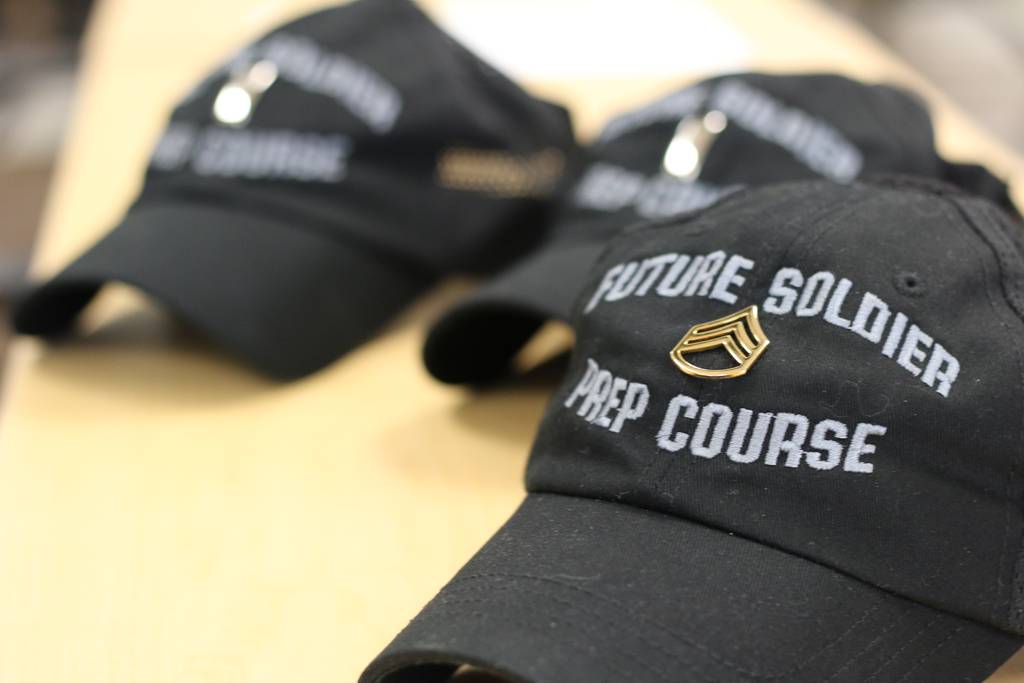
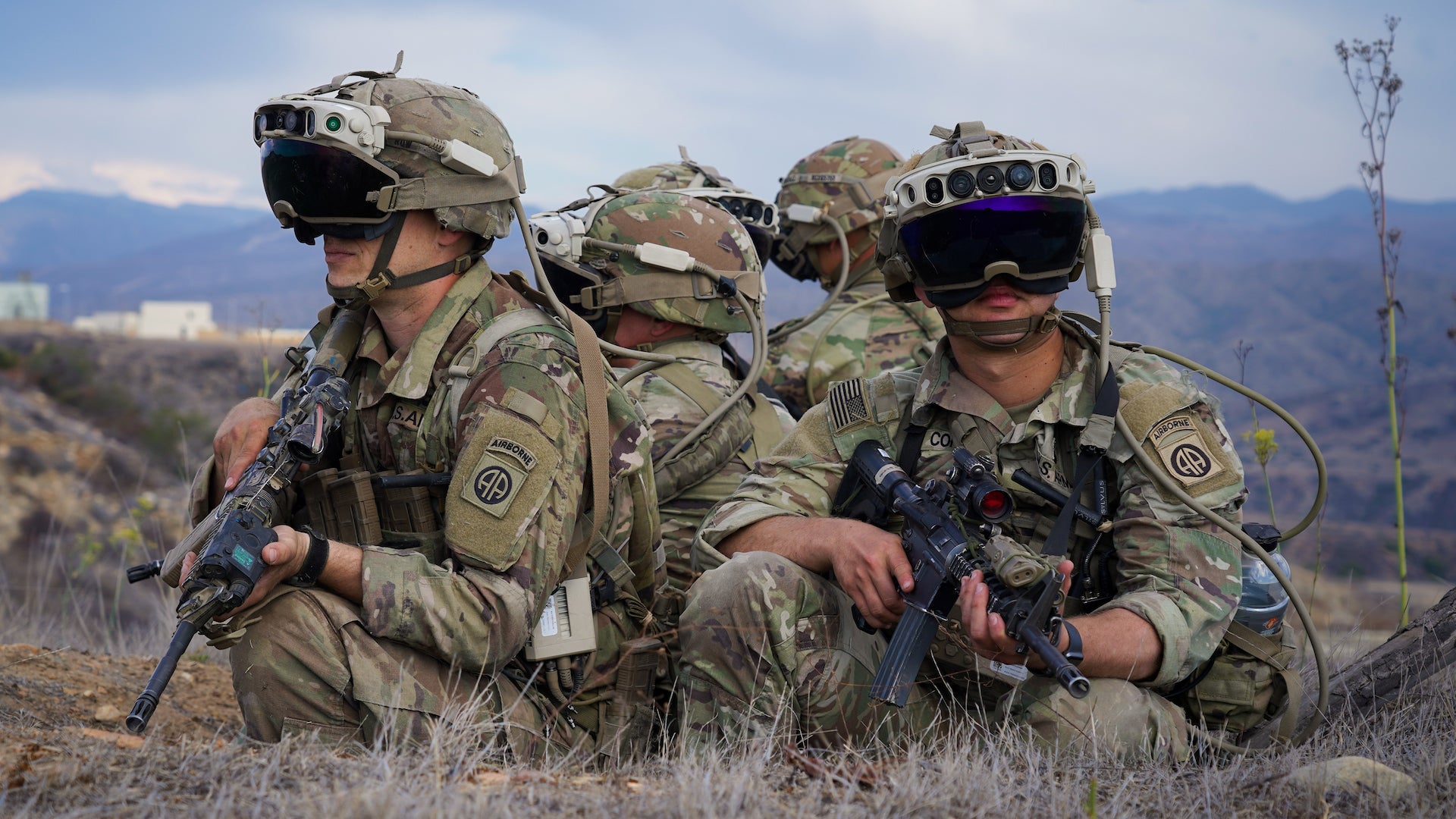
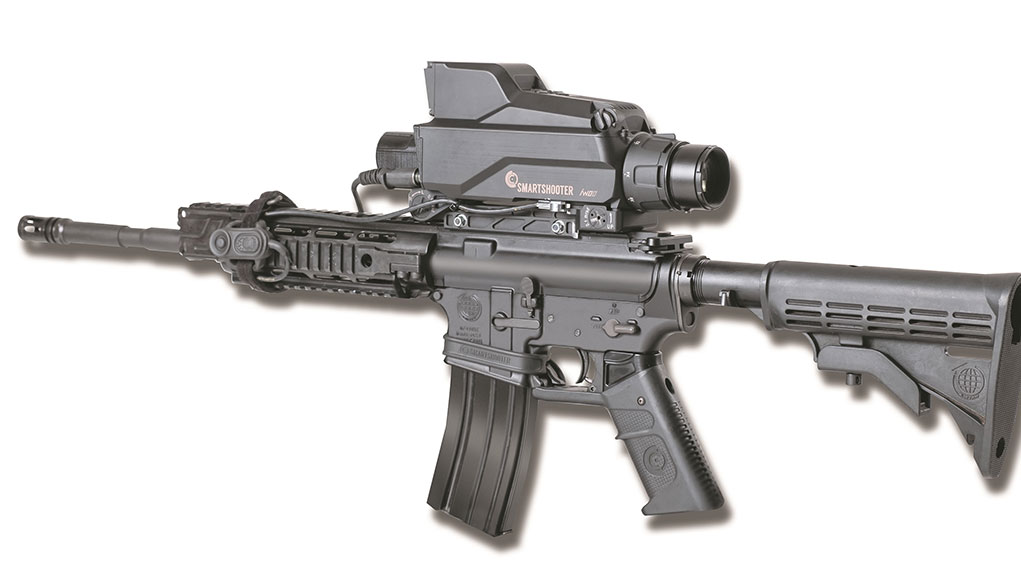
Can someone (maybe @Blitzo?) explain why the PLA developed the QBZ-191?
From what I've read, the QBZ-95-1 fixed most of the problems with the earlier QBZ-95. If the reason has to due with the lack of rails, I don't see why they couldn't just have introduced a QBZ-95-2 especially since there have been numerous photos of special forces equipped QBZ-95-1s with aftermarket rails.
That would require the government to do things like increase wages and expand the military manpower budget. Most nations don't want to do that, I'm sad to state.Military should recruit anyone who passes the required tests, whatever that means more of.
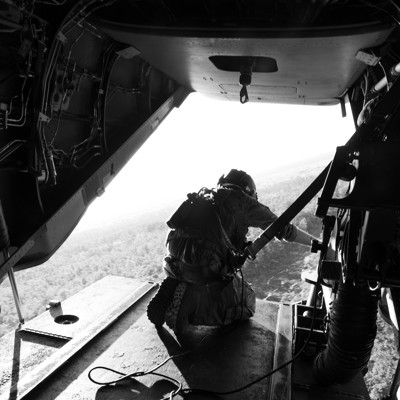

I have some familitarity with the firearms industry, and from the best of my understanding, the the modularity of rifles and handguns usually just ends up being empty jargon. Since the QBZ-95-1 is a bullpup design, there is a less of a need for two mass-issued variants (rifle and carbine) or modularity. A lot of the disgust surrounding bullpup rifles online stems from US competition shooters and US veterans who were trained on conventional rifles and are unable to "deprogram" themselves when using bullpups. For the most part, bullpups are perfectly adequate. The only shortcoming when it comes to the QBZ-95-1 that I see would be the way the sights mount on the barrel and receiver, but I don't think this necessarily justifies a replacement instead of a QBZ-95-2 that would reuse some of the currently existing tooling.A combination of wanting a more modular family of rifles that are more easily upgradeable, being designed from the outset to accommodate optics with a flat top receiver, possibly judgment of some inherent benefits of a conventional arrangement versus bullpup arrangement that they now value more, and also taking advantage of Chinese design and new manufacturing capabilities that emerged by mid/late 2010s.
I suspect another QBZ-95 upgrade program would have been considered and probably would've been a serious contender, but on balance they went for a new rifle design.
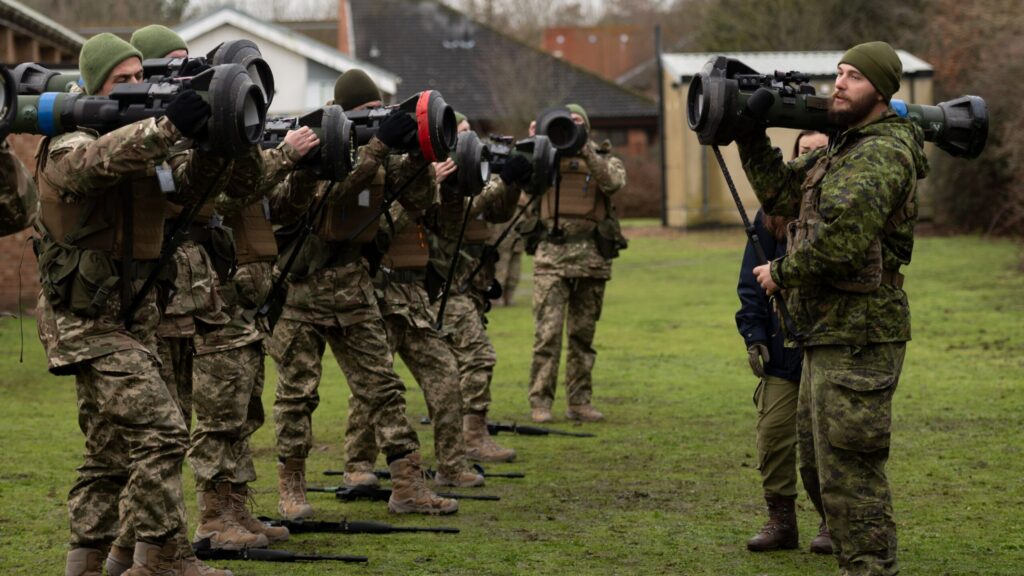
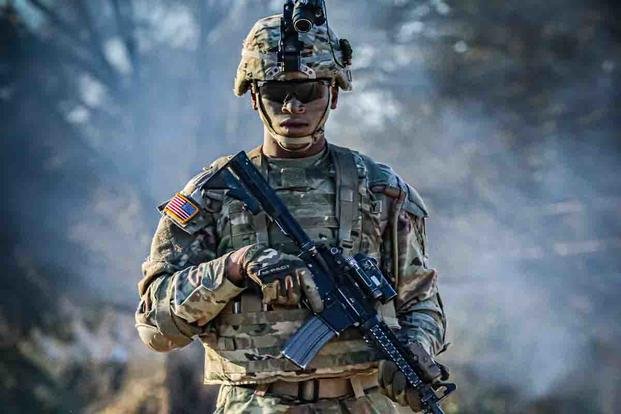

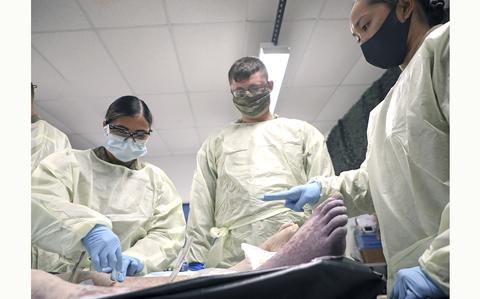
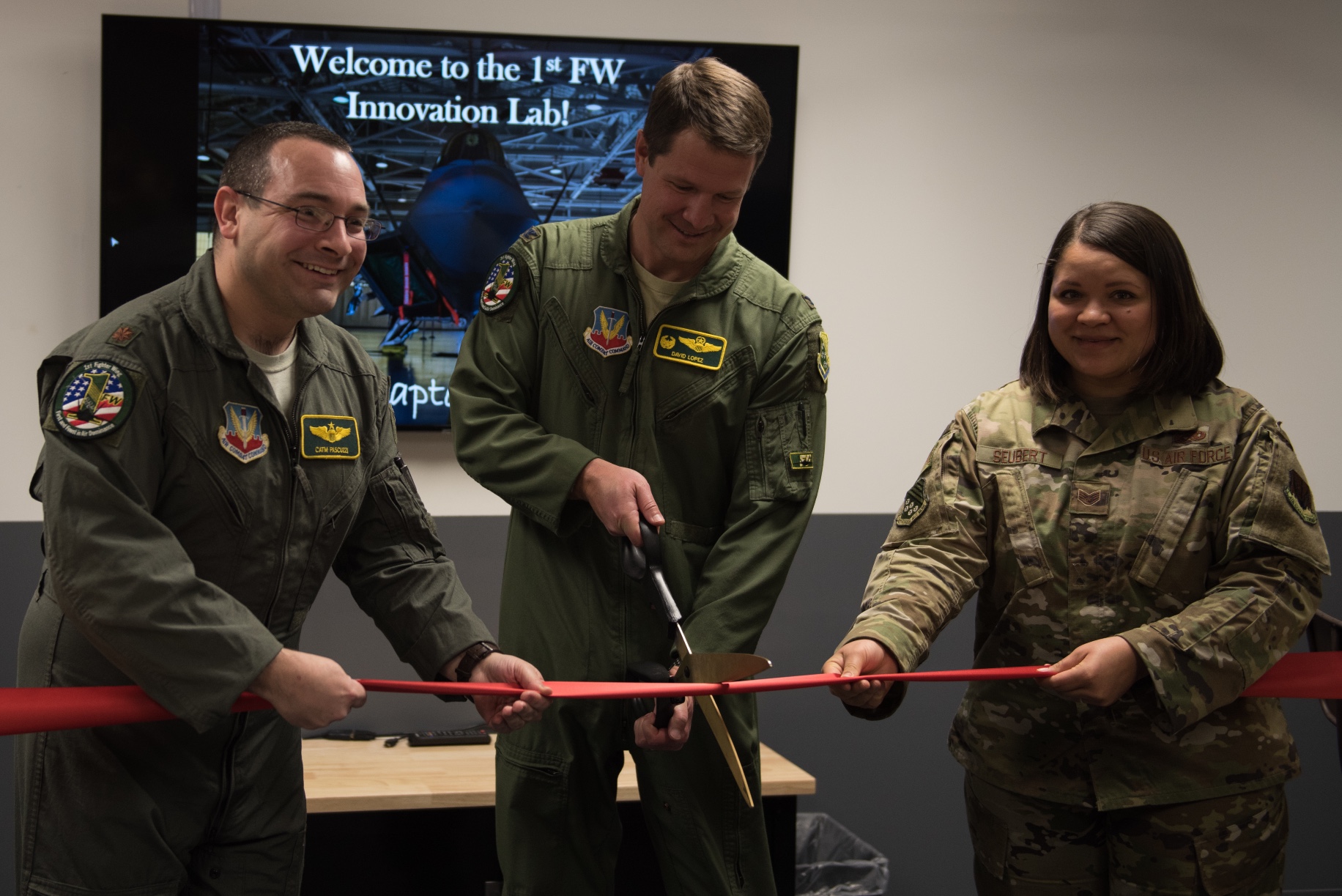
I have some familitarity with the firearms industry, and from the best of my understanding, the the modularity of rifles and handguns usually just ends up being empty jargon. Since the QBZ-95-1 is a bullpup design, there is a less of a need for two mass-issued variants (rifle and carbine) or modularity. A lot of the disgust surrounding bullpup rifles online stems from US competition shooters and US veterans who were trained on conventional rifles and are unable to "deprogram" themselves when using bullpups. For the most part, bullpups are perfectly adequate. The only shortcoming when it comes to the QBZ-95-1 that I see would be the way the sights mount on the barrel and receiver, but I don't think this necessarily justifies a replacement instead of a QBZ-95-2 that would reuse some of the currently existing tooling.A combination of wanting a more modular family of rifles that are more easily upgradeable, being designed from the outset to accommodate optics with a flat top receiver, possibly judgment of some inherent benefits of a conventional arrangement versus bullpup arrangement that they now value more, and also taking advantage of Chinese design and new manufacturing capabilities that emerged by mid/late 2010s.
I suspect another QBZ-95 upgrade program would have been considered and probably would've been a serious contender, but on balance they went for a new rifle design.
I also don't think it has anything to do with manufacturing either. Norinco managed to reverse engineer M16s decades ago and still offers them today to potential customers. I have looked at QBZ-191 photos and schematics, and I don't see anything (aluminum receiver, AR-18-inspired bolt-carrier/trunion, etc.) that would've prevented Chinese industry from manufacturing the design two or three decades ago.
I have theories on why the PLA went with a conventional layout for the new rifle design:
The QBZ-95-1 was one among many designs that came from the Chinese firearms experimental phase back in the 90s, which was spurred by the need to modernize after two decades of technological stagnation. While many unique firearm designs reached the prototype stage, only a few reached widespread adoption (and often with undesirable quirks). I read that there was backlash to the QBZ-95 due to its teething issue and bullpup layout, especially from those who had a fondness for the Type 81. Even with the improved variant that fixed most of the glaring problems, it was too late with the reputation of the QBZ-95 family tarnished. Therefore, the QBZ-191 or the adoption of any conventional rifle was inevitable. This would explain the fixed-charging handle and would open export oppertunities to militaries who currently use Type 56s/81s.
During the next couple of years, the PLA started to divert itself from Russian influence and hired private Western contractors to train its personal to make up for the lost time. (We have been seeing this trend with Western ex-fighter pilots being hired as instructors.) These contractors would've had experience with Colt 723s/M4A1s/H&K 416s (and occasionally AKs) with the tactics used by Western special forces having been developed around these rifles. The PLA wasn't in the mood to waste more time with more experimenting, so they would need a rifle compatiable with already existing doctrine that involves conventional rifles instead of slowly developing similar doctrine for bullpups. This would also explain why the QBZ-191 has eerily similar erogonomics (fire-control selector, telescoping stock, ACOG-like sight, etc.) to Colt rifles.
Your thoughts, @Blitzo?
